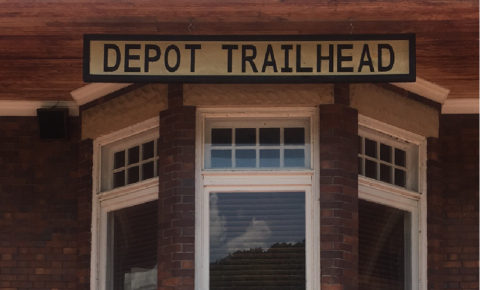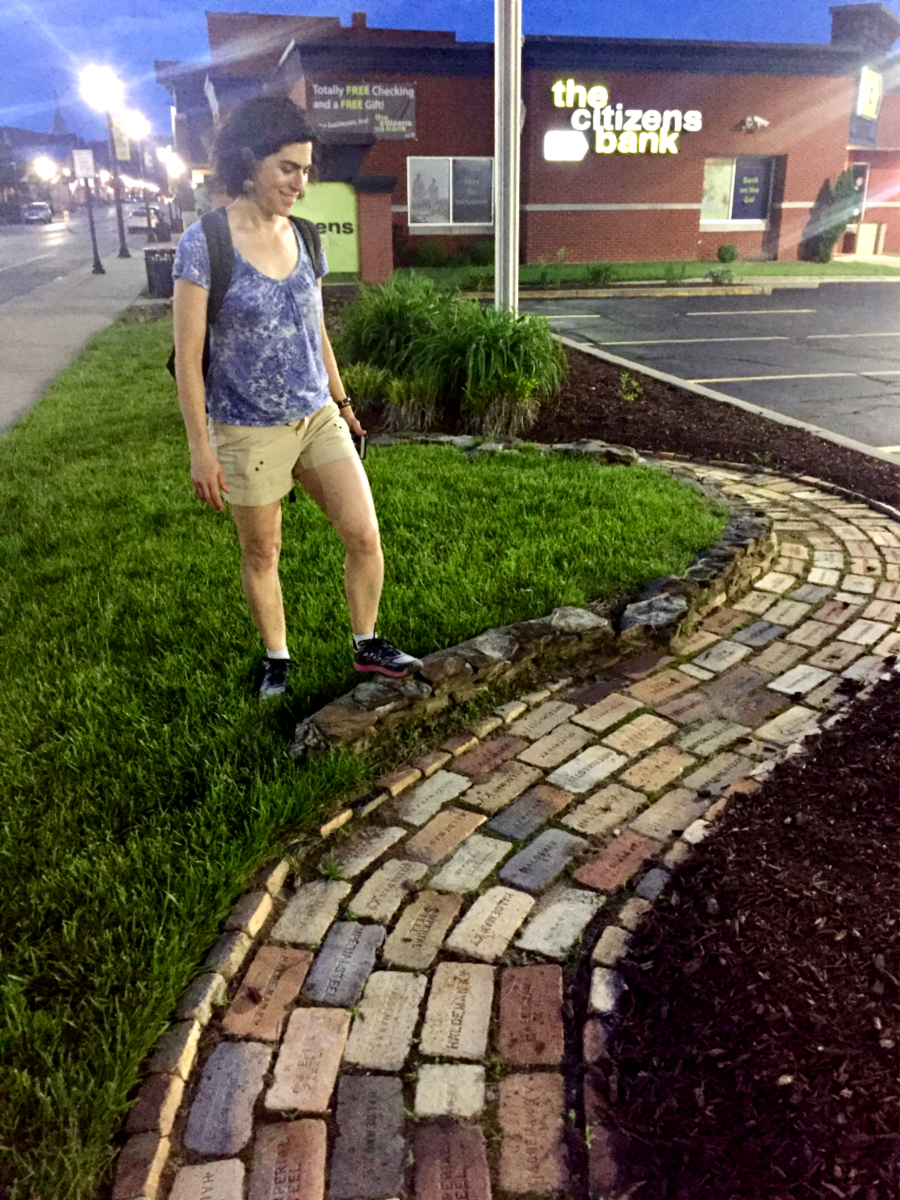From Bluegrass to Granite: Community & Economic Development Explores Kentucky’s Trail Town Program

Amid the knobs and flowing rivers of Eastern Kentucky members of the Community and Economic Development team recently witnessed first-hand a program that connects towns with their natural assets. The Kentucky Trail Town program is a state run certification program providing marketing and development support for towns in the Bluegrass State that have successfully completed the certification process. With the support of a Northeastern Regional Center for Rural Development grant, members of UNH Extension’s Community and Economic Development team, along with colleagues from the University of Connecticut Extension and the University of Vermont Extension, were hosted by the University of Kentucky CEDIK team and trail town communities in May. The purpose of the trip was to learn about the Trail Town program, explore the conditions that made for successful trail towns and to evaluate whether any aspects of this programming could be applied to New England communities.

There are several “Trail Town” type programs in the United States and Kentucky was chosen because of its fairly similar geography to New England and its abundance of small rural towns who are challenged to recreate economic vibrancy in their downtowns. This is a familiar challenge for the small and rural communities Extension is often working with in New Hampshire. Additionally, through years of community visioning, we have learned that while many of these towns have challenges with their downtowns, most of them also have a natural asset or amenity, such as a trail, river, lake or community forest, that they feel is underutilized.
Through our generous community hosts in Kentucky, we were able to visit four different types of trail towns. In each one, community members on Trail Town task forces (which included business owners, tourism officials, university researchers, residents and volunteers), shared the importance of coordinated community leadership and long-term support for the program to be successful. The presence of professional staff, along with committed volunteers, seemed to make a positive difference. Using mobile, spatial data collection technology, the team was able to assess the built and natural characteristics of each community. Preliminary analysis of that data suggests that there are core businesses and services needed for a town to be a successful Trail Town. These characteristics include public restrooms, businesses that cater to trail users (such as a bike shop or sporting goods store), places for overnight accommodations, and restaurants/cafes for sustenance. Having more than one natural amenity, such as a river and a mountain bike or horse trail seemed to be better than just one as it offered a variety of ways to recreate. However, the towns also stressed the importance of filling a specific recreational “niche”. Other factors such as accurate maps and information on the town and its trails as well as sufficient signage from the highway or other roads, seemed to make an impact on user perceptions of the town as well.
The Community & Economic Development team will be continuing to analyze this data over the summer as we infuse some of our new perspectives from Kentucky into further assessment of New Hampshire’s communities, including an official “Downtowns & Trails” pilot program with the town of Bristol. We are excited to utilize this applied research and training to better support communities looking to create and enhance vibrancy in their downtowns through connection with natural amenities.
